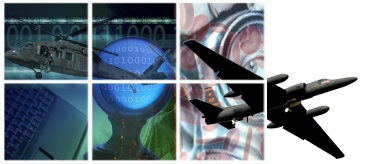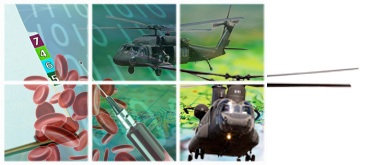The E3SAT tool suite allows researchers to collect, integrate, and data mine medical records, environmental exposures, and deployment locations. This provides an encompassing data view of soldier health in the military healthcare system and enables studies of environmental, epidemiological, and etiological factors driving the system.
In the aftermath of Desert Shield and Desert Storm, researchers have struggled with explaining the array of serious health impairing symptoms that have become collectively known as Gulf War Syndrome. Approximately 30 percent of the 700,000 U.S. servicemen and servicewomen in the first Persian Gulf War have registered in the Gulf War Illness database complaining of these symptoms. A key stumbling block in researching Gulf War Syndrome is the absence of a means for integrating relevant data—soldier medical records, environmental health and surveillance data, deployment data—and discovering and analyzing to discover patterns and correlations between deployment exposures and soldier signs, symptoms, and potential causes.






